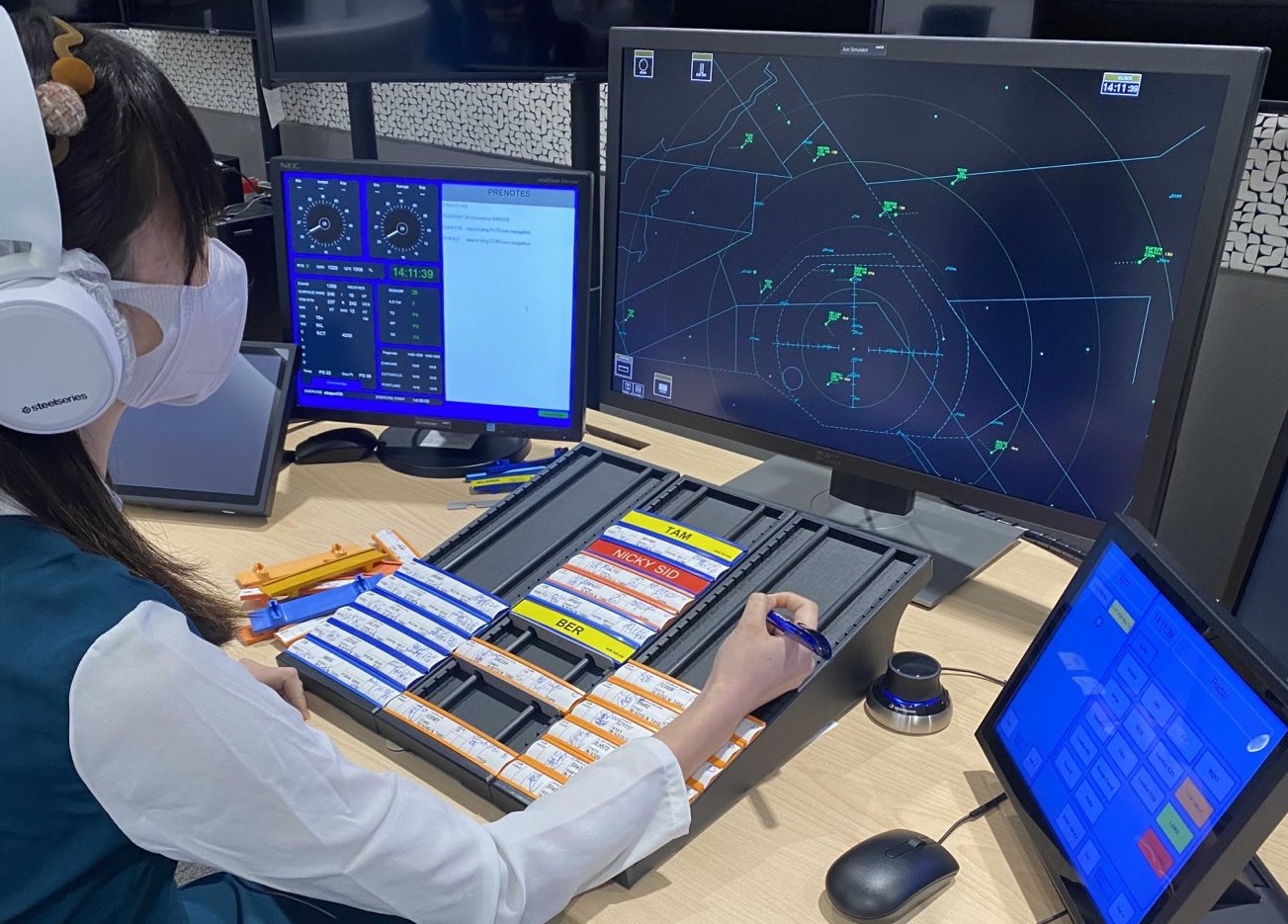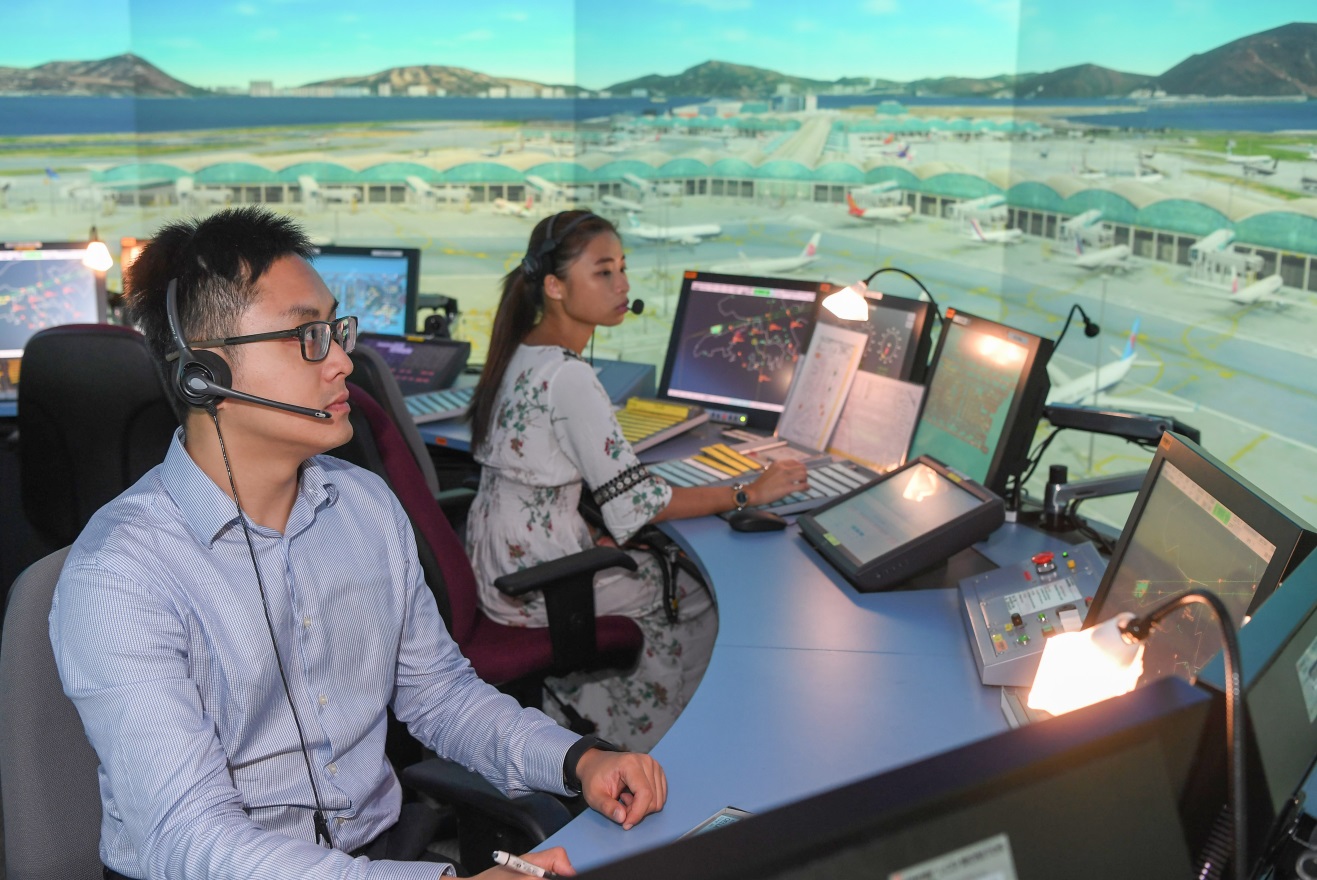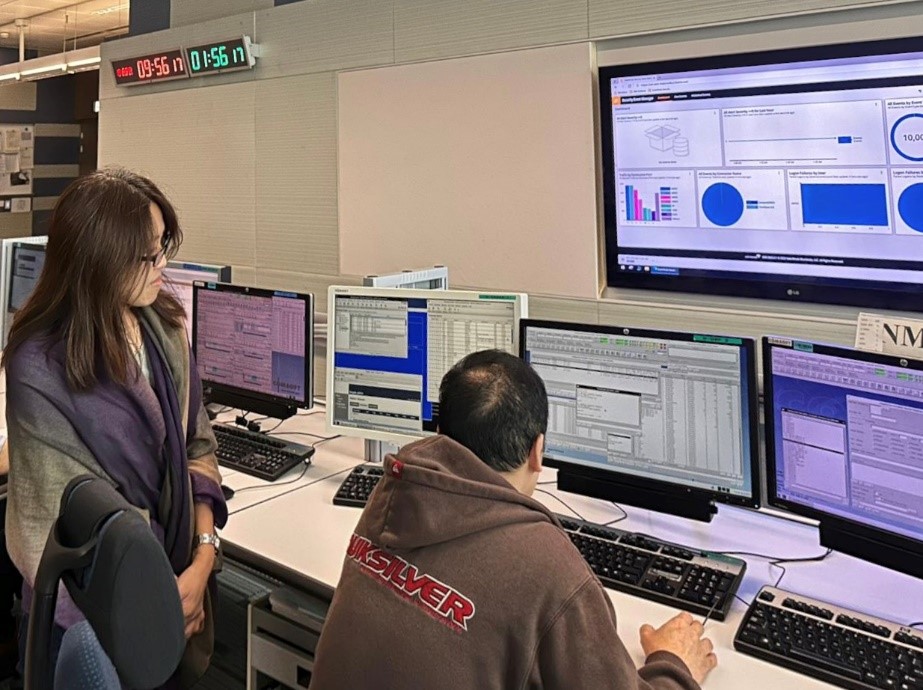Training for Air Traffic Control and Aeronautical Communication Personnel
Air Traffic Control Officer (ATCO)
Air Traffic Control Officer (ATCO) are normally promoted from the rank of Student Air Traffic Control Officer (SATCO) who have successfully passed all the requisite basic trainings. The pay scale for SATCO is TPS Point 11 - 14. Job experience in the profession will start with working as supporting staff in the various locations including air traffic control surveillance simulator, aerodrome control simulator, and operational areas. As part of the air traffic control training, SATCO with satisfactory performance will have the opportunity to take up basic air traffic control training as well as training on flight operations to enhance their aviation knowledge and to broaden their exposure in air traffic control operations. The course will include fundamental aviation subjects such as navigation, meteorology, telecommunications, aviation laws and air traffic control procedures etc.

SATCO taking up basic air traffic control training
Upon completion of the basic air traffic control training and training on flight operations, SATCOs will be provided with specialised air traffic control training on local procedures. The training programmes include theories, practical exercises in the simulators and on-the-job training in the real operational environment under the supervision of qualified controllers. A SATCO is eligible for consideration for promotion to ATCO III after passing the first departmental Specialized Rating Training course leading to the award of the associated Air Traffic Control Ratings and Certificates of Competency.

Practical training in the Aerodrome Control Simulator
After a period of solo control consolidation, ATCO III are normally selected for further training in other Air Traffic Control positions. Upon obtaining the relevant qualifications, ATCO III will be eligible for consideration for promotion to the ATCO II rank. Senior ATCO II will be provided with advanced professional training, e.g. Search & Rescue and training to become an on the job training instructor etc, to prepare them for duties of higher responsibilities.

ATCO undergoing on-the-job training in radar control position
Air Traffic Flight Services Officer (ATFSO)
Air Traffic Flight Services Officer (ATFSO) are supporting staff to ATCO. Their main duties include processing of flight data and aeronautical information using advanced computer systems. ATFSO are recruited locally and they normally enter the service as ATFSO III at pay scale of TPS Pt. 5 to 6. Training of ATFSO is provided in-house in accordance with a departmental training programme. After each course of instructions, the officer will undergo on-the-job training in the Air Traffic Control Centre, Control Tower and the Aeronautical Information Centre. Successful completion of basic training will lead to attainment of qualifications as required for promotion to ATFSO II rank.
ATFSO processing Flight Plan data in the Air Traffic Control Centre
As part of the career development, ATFSO II will be trained for duties with higher responsibilities such as communication and co-ordination with air traffic control units in neighbouring air traffic control authorities using hotlines and data links. Upon obtaining the relevant qualifications, the officers will be eligible for progressive promotion to ATFSO I and Senior ATFSO.
ATFSO working as Briefing Assistant in the Aeronautical Information Centre
Aeronautical Communications Officer (ACO)
The Aeronautical Communications Officer (ACO) is responsible for the provision of aeronautical communication services in Hong Kong via a worldwide network of switching systems, virtual and fixed circuits. The aeronautical communication services include Aeronautical Fixed Services, Aeronautical Broadcasting Services and Regional OPMET Bulletin Exchange Scheme.
Aeronautical Communications Officers are recruited locally and they normally enter the service as Student Aeronautical Communications Officer (SACO) at Training Pay Scale 5 to 6. SACOs are required to undergo on average one and a half years training. They have to complete the requisite classroom training and acquire the necessary certifications before undertaking the on-the-job training in various operating positions in the Aeronautical Network Centre (ANC). Successful candidates will be promoted to the rank of Aeronautical Communications Officer II (ACO II).

Aeronautical Communications Officers on duty at the Aeronautical Network Centre
Aeronautical Communications Officer broadcasts meteorological information to aircraft in flight
As part of the career development, profession training and career training will be arranged for ACO II to acquire the necessary qualifications for progressive promotion to senior ranks such as Aeronautical Communications Officer I (ACO I), Aeronautical Communications Supervisor (ACS), Senior Aeronautical Communications Supervisor (SACS) and Chief Aeronautical Communications Supervisor (CACS) accordingly.

